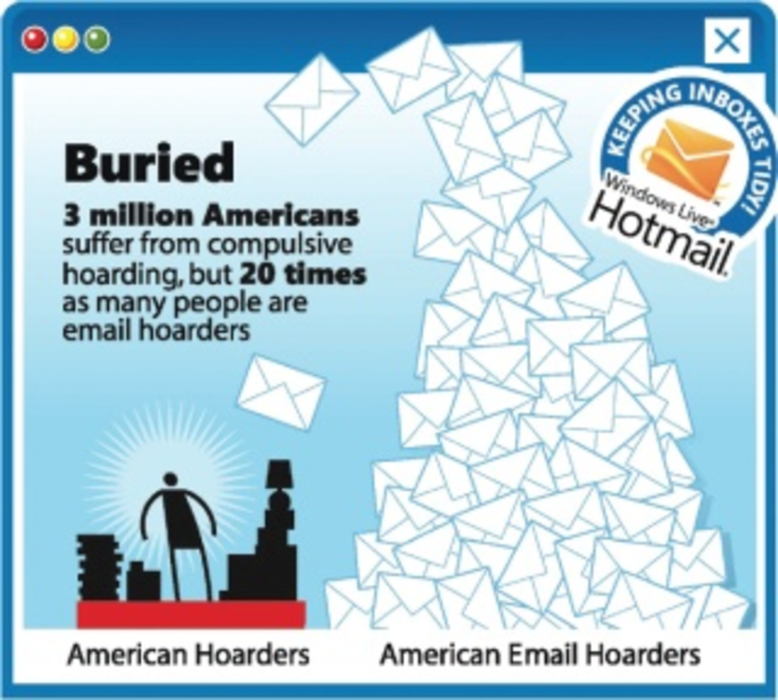According to Microsoft Corp., 75% of email messages that Hotmail users report as spam are actually legitimate email marketing recipients just don’t want anymore. To help address this issue, Windows Live Hotmail has released five new tools to make email inboxes more user-friendly by weeding out “graymail” messages, or these unwanted, legitimate marketing messages.?
With the new setup, Hotmail users will continue to get email messages that they have signed up for, but newsletters will now be filtered into a separate newsletter folder. Hotmail also has new tools that make it easier for users to unsubscribe using one click, and schedule regular cleanups of old newsletters, as well as tools to categorize email into folders and to flag important messages. ?
“What really characterizes graymail is that the same message that one person thinks is spam could be really important to another person,” wrote Dick Craddock, group program manager at Windows Live Hotmail, in a blog post about the update. ?
Ari Osur, principal analyst at Forrester Research, says that this is just Hotmail’s way of responding to the arms race among Webmail providers. “They are trying to maintain their email user base by responding to the overwhelming clutter in inboxes,” says Osur. “This development makes it much easier for a consumer to ignore your message, because now it is not even in the inbox. It is in a special folder, which they can ignore.”?
Marketers are keeping a close eye on their Hotmail customers. Envelopes.com is currently segmenting out this population to see how these customers are responding to messages. ?
“These new Hotmail tools are good and bad,” says Laura Santos, marketing manager at Envelopes.com. “From a user standpoint, it is good because now they have more control and can look at the messages when they want to. From a marketer’s standpoint, it is a challenge because we want to get our customers’ attention, and it is harder to do that if these messages are going into a separate box.”?
Osur recommends that marketers do a great deal of testing with Hotmail users to see how they are responding to marketing messages with these new tools at hand. “Marketers should segment out their Hotmail users and test the language they are using and see what resonates well among this specific segment,” he says. ?
Santos says that in light of these developments, relevancy is more important than ever. “I think marketers need to get smarter and only mail to active lists and segment from there,” she says. “Look at how often people are opening your messages and only mail to active users to make sure that you are being relevant.”?
While it may sound like bad news for marketers, the new Hotmail tools are not without their opportunities. Osur says that it is too early to say how this will impact response rates, however. “Some consumers might like to have newsletters separate from their inbox so that they can sit down ?and read them when they have the time,” he says.
Janine Popick, founder and CEO of email service provider Vertical?Response, adds that marketers might start seeing response rates spike at certain times of day such as morning, lunchtime and at the end of the workday, when people have more time to check personal email. ?
Popick recommends that marketers email Hotmail users on their lists and ask them to add their brands to their contact lists so that they can bypass this special newsletter folder and get delivered directly to the inbox.?
“The opportunity is here for marketers who have been invested in relationship-based marketing and who treat their audience as contacts and people, not just as lists of data or an average return on investment rate,” Popick says. “Hotmail has given its users a tool to be more in control of their inbox, and this can only be a benefit to marketers who’ve genuinely captured their subscribers’ attention.”








